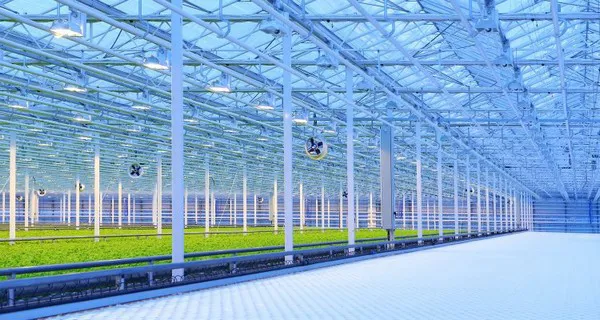A residual flow of one sector can be a resource for another sector. A better-known example of this is connecting aquaculture and horticulture: the wastewater from the fish can be reused as a nutrient solution for the plants in the greenhouse. The Business Unit Greenhouse Horticulture and Flower Bulbs of Wageningen University & Research are investigating whether there are more circular cross-overs that have potential, both within and outside the agricultural sector.
In a circular economy, residual flows are reused. This does not always have to be done within the same sector. Connecting sectors could create new cycles that increase overall circularity. To realize these cross-overs, new business cases have to be developed that accommodate, among other things, the needs of both sectors. WUR is investigating with which other sectors of greenhouse horticulture can be linked and has already looked into cross-overs with aquaculture, pig farming, and mushroom cultivation during a so-called Knowledge Base research project. The potential of a cross-over between a vertical farm and urban waste flows was also investigated.

For the cross-over with pig farming, for example, we are looking at how manure can be converted into usable fertilizers and CO2 for the greenhouse. But also how used substrate from the greenhouse could serve as enrichment inside the pig-sheds.
For the cross-over between the mushroom sector and horticulture, we look at the use of residual flows from horticulture (plant biomass or substrate) as a substrate for the cultivation of mushrooms and the use of spent mushroom substrate as an additive to the growing medium for horticulture in order to increase plant resilience. Another possibility is the use of CO2 from mushroom cultivation in greenhouses. To further develop this cross-over, a new PPP project will start this year.
 For more information:
For more information:
Wageningen University & Research
www.wur.nl
